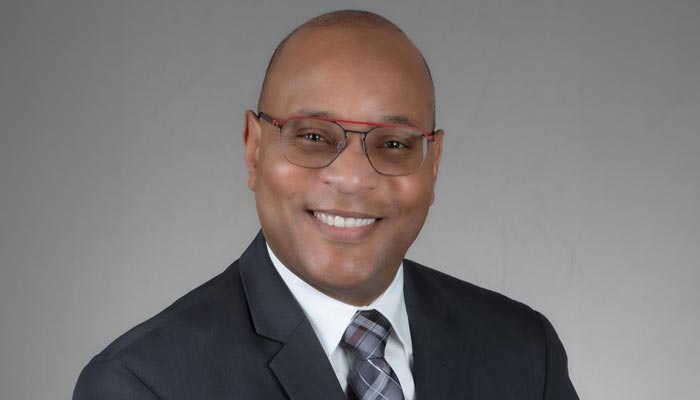September marks Suicide Prevention Awareness Month. This is an opportunity for all of us — families, teachers, clinicians, nurses, clergy and religious leaders, elected officials, police officers, firefighters, policymakers and employers — to play a vital role in awareness and prevention.
As a behavioral healthcare provider with facilities in 37 states across the country, UHS is dedicated to changing the national narrative about suicide in a manner that promotes hope, resiliency, connectedness and recovery.
National Suicide Prevention Lifeline: 1-800-273-8255
The Lifeline provides 24/7 free and confidential support for people in distress and prevention and crisis resources for you or your loved ones. Other suicide prevention resources include:
- Trevor Lifeline, the only national 24/7 lifeline for LGBTQ youth: 1-866-488-7386
- Veterans Crisis Line, for U.S. Military Veterans: 1-800-273-8255, press 1
 Tips for Helping in a Crisis
Tips for Helping in a Crisis
Studies show that 50 percent of Americans have identified barriers that stop them from trying to help someone at risk. Some fear they would say or do something to make things worse rather than better. The National Action Alliance for Suicide Prevention and its many national and local community resource partner organizations suggest taking these five steps:
- Ask. Asking the question, “Are you thinking about suicide,” communicates that you are open to speaking about suicide in a non-judgmental way. Asking in this direct, unbiased manner can open the door for effective dialogue. Other questions to ask include, “How do you hurt?” and “How can I help?” Do not ever promise to keep their thoughts of suicide a secret.
- Keep them safe. It’s important to establish immediate safety. Do they have a specific, detailed plan? What sort of access do they have to their planned method? Knowing the answers to these questions can tell a lot about the imminence and level of danger the person is in. The National Suicide Prevention Lifeline (1-800-273-8255) can always act as a resource during these moments, especially if you aren’t entirely sure what to do next.
- Be there. This could mean being physically present for someone, speaking with them on the phone when you can, or any other way that shows support for the person at risk. An important aspect of this step is to make sure you follow through with the ways in which you say you’ll be able to support the person — do not commit to anything you are not willing or able to accomplish. Being there for someone with thoughts of suicide is life saving. Increasing someone’s connectedness to others and limiting their isolation has shown to be a protective factor. By “being there,” you have a chance to alleviate or eliminate some of these significant factors.
- Help them connect. Helping someone connect with ongoing support can help establish a safety net for those moments they find themselves in crisis. Additional components of a safety net might be connecting them with support and resources in the community. Are they currently seeing a mental health professional? Is this an option for them? Research suggests that individuals who called the Lifeline were significantly more likely to feel less depressed, less suicidal, less overwhelmed and more hopeful by the end of calls handled by trained counselors.
- Follow up. After your initial contact and after you’ve connected them with the immediate support systems they need, make sure to follow up to see how they are doing. The follow-up step is a good time to check in to see if there is more you are capable of helping with or if there are things you’ve said you would do and haven’t had the chance to get done for the person. This type of contact can continue to increase their feelings of connectedness. Studies have shown a reduction in the number of deaths by suicide when following up was involved with high risk populations.
Effective programs and services exist … and help is available. It takes all sectors of our society to turn the tide of suicide.









